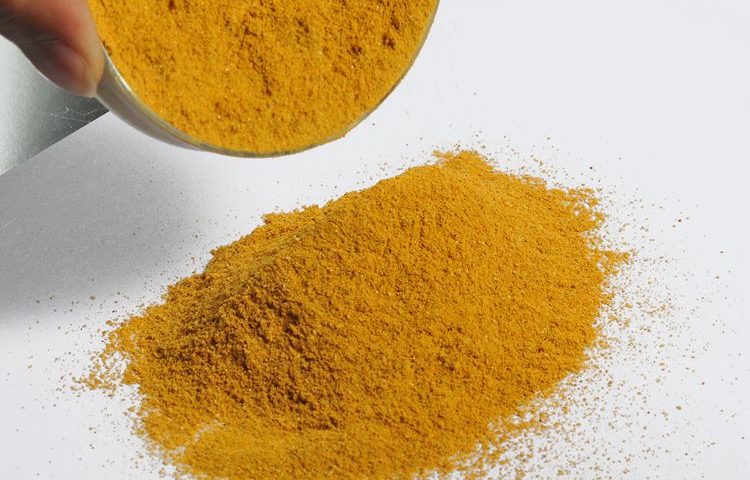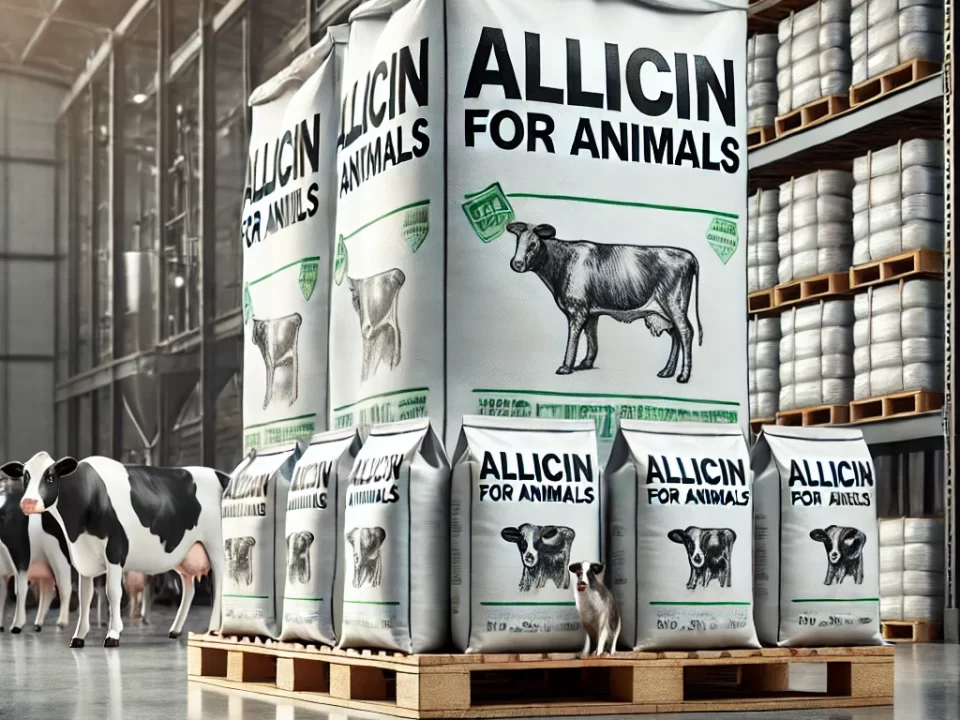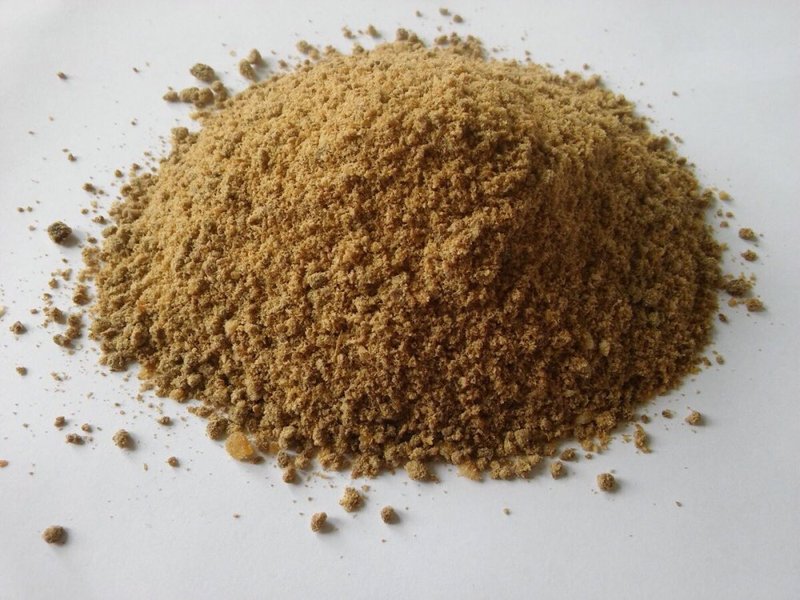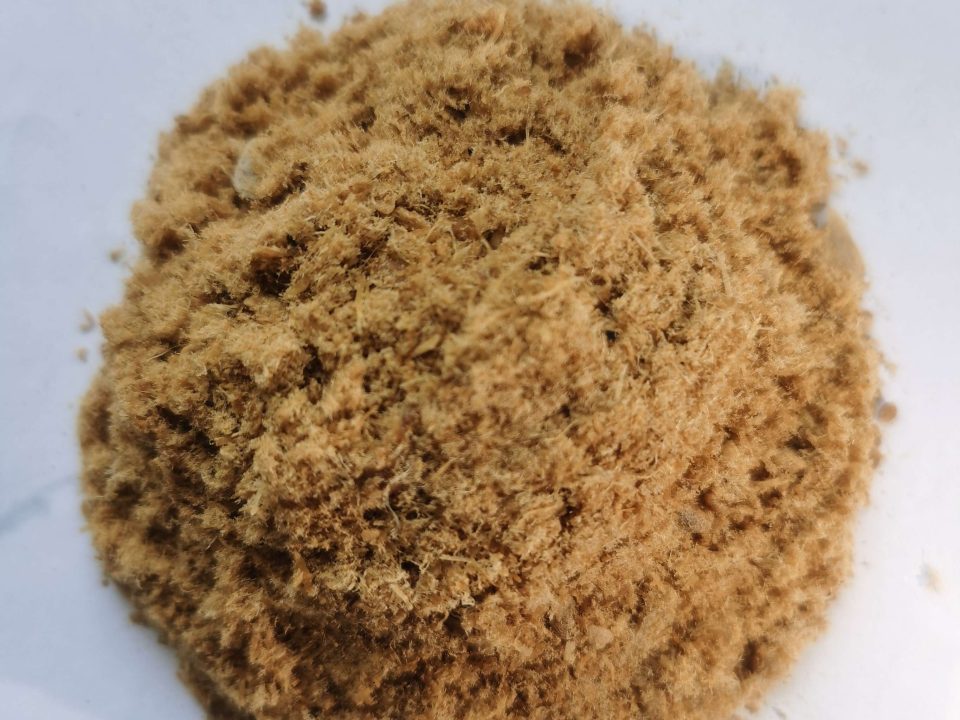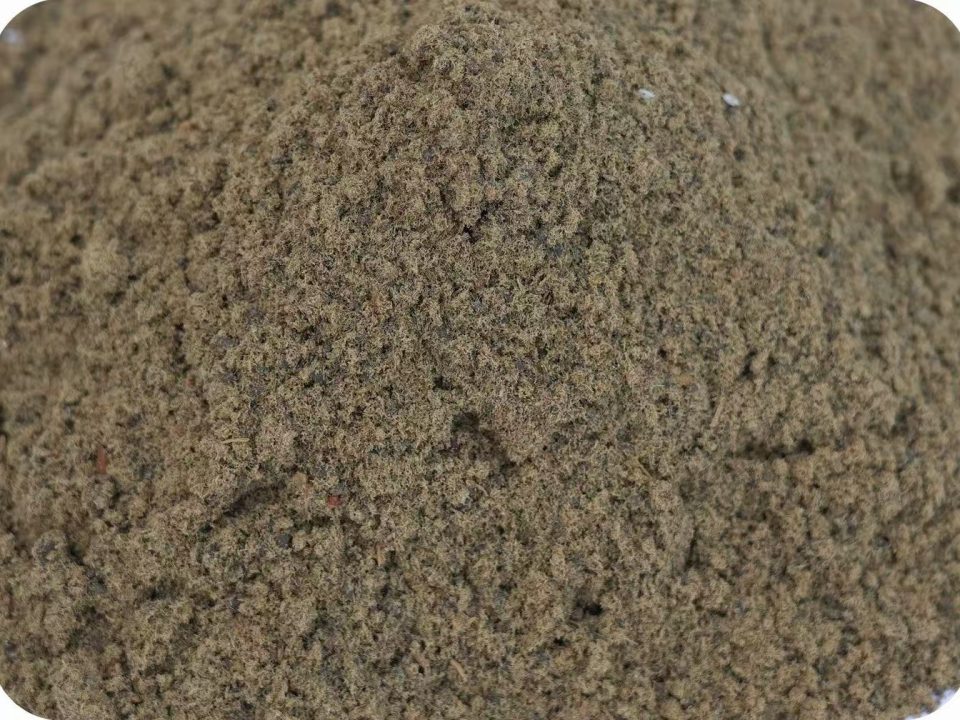What is the effect of Corn gluten meal (CGM) on poultry

The manufacturing method of choline chloride
December 16, 2017
The interaction of soybean meal with feed additives?
January 15, 2018Animal Feed Additive Corn Gluten Meal
| Name |
Corn Gluten Meal |
||
| Protein Content (dry basis) |
50%min |
55%min |
60%min |
| Moisture (dry basis) |
12% max |
12% max |
12% max |
| Crude Fat (dry basis) |
10% max |
8% max |
5% max |
| Crude Fiber (dry basis) |
5% max |
4% max |
3% max |
| Crude Ash (dry basis) |
4% max |
3% max |
3% max |
| Lutein |
180mg/g min |
||
Package: 50kg/bag
Shelf life: 12 months
Storage: Store it at a dry and cool place without direct sun light
Usage:
| Animal Type | Dosage |
| Chicken | 3%-5% |
| Pig | 15% |
| Cattle | 30% |
Objective: The aim of this experiment was to determine chemical composition, protein quality of corn gluten meal (CGM) and its effect on growth performance of broiler chicks.
Methods: Chemical composition and nitrogen corrected true metabolizable energy of CGM was determined by standard and precision-fed cockerel assay methods. For evaluating of protein quality, 90 male broiler chicks in a completely randomized design was used and fed experimental diets from 8 to 17 days of age and in the growth assay, 1200-day-old broiler chickens in a completely randomized design were used for evaluating effects of four levels of CGM on the growth performance, carcass characteristics.
Results: The average of TMEn and crude protein content of CGM sample were 4145 kcal/kg and 60.44 %, respectively. The protein efficiency ratio (PER) and Net protein ratio (NPR) values for CGM were 1.26 and 2.30, respectively. The growth assay result showed that the all level of CGM had positive effect on broiler performance (P<0.01), While, the best weight gain and FCR were obtained in the birds were fed 12% of CGM in different weeks of experimental period.
Conclusions: Therefore, it is suggested that the CGM can be used in the ration for improvement broiler chicks’ performance.
MATERIALS AND METHODS
2.1. Birds and Experimental Design
All bird procedures were conducted according to the 2006 Guidelines on Animal Care of the Agriculture Organization of East Azerbaijan, Tabriz, Iran. One-day-old male broiler chickens (Ross 308) were obtained from a commercial hatchery. They were placed in a commercial brooder at 32°C and given ad libitum access to a standard chick starter food and water in all period of the experiment. The initial room temperature was 32°C and this was reduced by 1°C at 2-d intervals to 24°C. Room humidity was set at50% for the duration of the experiment and light was continuous during the whole experimental period.
2.2. TMEn and Chemical Analysis of Corn Gluten Meals
The precision-fed cockerel assay of Sibbald et al. (1986) was used for determining the true metabolizable energy (TMEn) of the corn gluten meal. The birds were housed in individual metabolism cages that were 0.40-m wide, 0.40-m long, and0.50-m high. Following a period of 24 h without feed, 25 g of the different ground CGM samples were fed by intubation to 12 adult leghorn male roosters (6 per CGM). Another6 roosters were fasted to estimate endogenous losses. Total excreta voided over the following48-h period were dried and ground for subsequent analyses. Corn gluten meal and excreta samples were freeze-dried before analysis and the CP, EE, DM, TVN and ash content of feed and excreta were determined according to AOAC methods (1991). Energy was determined by a Parr adiabatic calorimetric bomb (1975). The amino acid composition of corn gluten meal was analyzed by ion exchange chromatography (Llames and Fontaine 1994).
Protein Quality Assay
Ninety -day-old Ross-308 male broiler chicks were fed a 23% CP corn-soybean meal pretest diet during the first week post hatching. Following an overnight period fasting, the chicks were weighed and allotted to dietary treatments as described by Sasse and Baker (1973). Five groups of six chicks were assigned to each dietary treatment. The experimental diets were fed from 8 to 17 days post-hatching and weight gain and feed consumption were measured for each group of chicks in 9 day of assay. The chicks were kept in cages with raised wire floors and subjected to 23 h light and 1 h dark daily. Feed and water were offered as ad-libitum. An N-free basal diet was used in the chick assays for determining protein quality of the CGM samples. Dietary treatments consisted of the N-free basal diet (Table 1) or the basal diet plus 10% CP provided solely by one of the CGM and Casein (Casein was also evaluated to blank) samples which replaced in portion of the cornstarch and glucose. PER and NPR was calculated as follows:
PER = body weight gain /CP intake
NPR=[(body weight gain of chicks fed semi purified diets – body weight gain of chicks fed nitrogen free basal diet]/CP intake.


